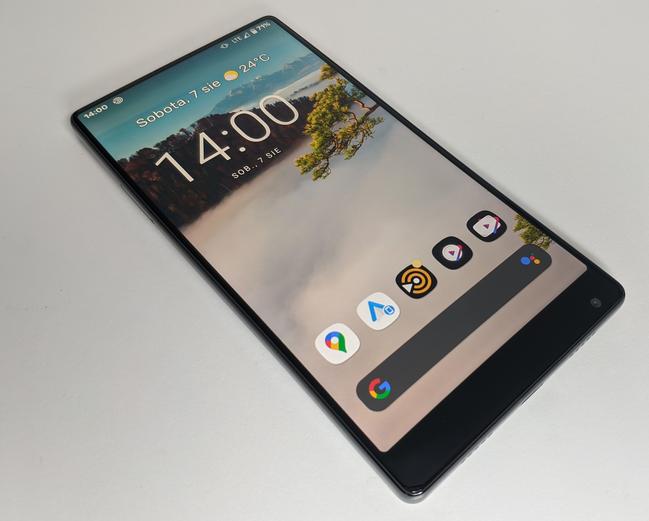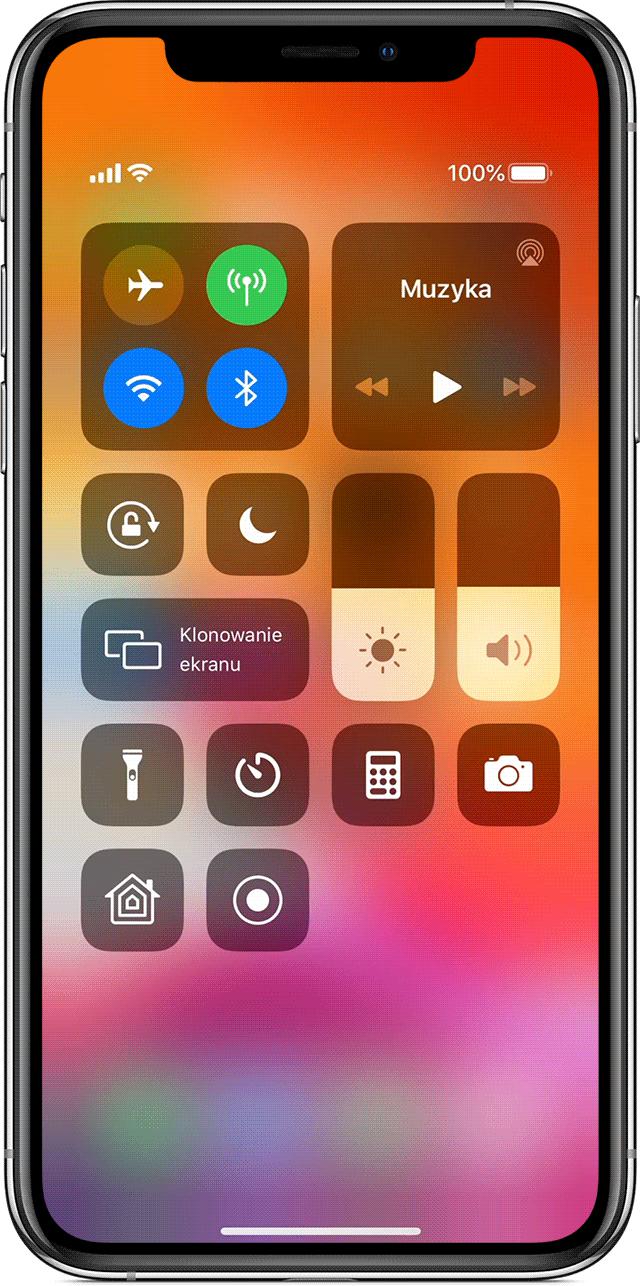We are installing a newer Android on the old Xiaomi: MI MIX 1 Some adhere to the rule that if the manufacturer ended software support for your phone, it's time to change it to a newer model. Depending on our specific needs, this rule is appropriate if we want to continue using the factory software. What if we like this particular phone - because it's just good to use - but we would like to have the current Android, and support has ended? Xiaomi phones have the advantage of being popular and the manufacturer does not make it too difficult for users to modify their devices. Practically every model after some time comes out with a modified TWRP recovery and soft improved and developed by willing users. MIUIPolska, where improving the software lasts as long as Xiaomi itself supports a given model. However, if the manufacturer decides to stop supporting the MIUI software for a given model, there is a good chance that somewhere there is someone who will decide to take over this role and continue working on the development of the software. Unfortunately, in the vast majority, it is no longer software based on the factory MIUI, because the system is simply no longer released for this model and there is nothing to base its modification on. This is the easiest… And this is where software based on pure Android comes into play. The advantage of this solution is the fact that the sources are open and accessible to anyone interested. The biggest Android modifications are, for example, Lineage OS or Pixel Experience. In these softs we do not have the MIUI interface or Xiaomi services, but if possible the current Android as it is on Pixel phones. Using, for example, banking applications that require newer security on old Xiaomi becomes possible. Searching through the display cabinet, I came across the original screen for MI MIX 1, imported a long time ago from China. I decided that I would not need it anymore, so I looked around Allegro for some popularly called "castaway" in good enough condition to give the phone a "second life" after replacing the screen. And MIX 1 is a unique Xiaomi model. This is the first MIX in which the manufacturer boasted of innovations that were to appear in mass phones a few years later. The 6.4″ screen with really thin frames started the "fashion" for these phones from all manufacturers (yes, I know that there was a Sharp model before, but I don't take it into account because it was not widely available for sale). The talk speaker hidden under the screen in the form of a piezoelectric element, the side frame and the back cover made of ceramic material, or moving the front camera to the "chin" made the phone look like from the future on the day of its premiere. And it was the year 2016. Today I hold such a phone in my hand and it does not feel old. The fact is that it is now in perfect condition, but no experience differs from the same angular iPhones from 2021. The same thin bezels and large, easy-to-read display. Similarly high smoothness of work in the system. If I need to use an old phone for something specific, I don't have to buy a new one, because after some treatments it will be "on time" again. More on that in a moment... And so we managed to find a unique variant of the phone. After a calm and prudent search, I decided to buy the 256 GB MI MIX 1 model for three hundred - the one with gold inserts around the camera. The phone was broken on both sides (and therefore also the back cover) made me want to fix it all the more, because I knew that I had the parts; only to bring the original housing from China for $ 10, I had to wait 2 weeks. After removing the Xiaomi account that was there, I was able to unlock the bootloader to upload TWRP. Why do I change the software in MIX 1? Because I wanted the phone to work well with newer versions of applications, e.g. Android Auto or Google Maps. MIUI ended support for MIX 1 a long time ago (despite probably 3 updates of the Android base) on Android 8.0. I'm not going to use Xiaomi services in this particular phone, so I don't need MIUI. After reading threads on XDA about Pixel Experience and Lineage OS, I decided on the former due to the smooth operation and speed without unnecessary interface modifications and add-ons. An unlocked bootloader is required for installation as in any phone. This is also the rule for every Xiaomi we will revive - unless we have an even older model from before the era of bootloader locks. Download PE rom for your model. In my case, I go to the PE website and enter the code name of my phone (lithium) in the search engine, but we can also start entering the real name of the model and in the hint we will get a link to the rom. As you can see, the PE rom can also be found for many other Xiaomi models. I chose an Android 10 based rom for MIX 1 because I tested the latest beta on Android 11 before, but the gestures didn't work and there was a problem with the on-screen buttons. Too much fun, and the benefit of the 11 is not so big that I would bother fixing this problem. The latest version on Android 10 is complete and stable enough for now. To install the rom you need TWRP downloaded for MIX 1 from here. We start the phone in fastboot mode (how to do it?) and install TWRP:Software from the community
We save the first MIX

Installation of Pixel Experience
1. Download ROM
2. Download and install TWRP



![Apps and games on iOS for free.Promotions, discounts, discounts [27.12.2021] Apps and games on iOS for free.Promotions, discounts, discounts [27.12.2021]](https://website-google-hk.oss-cn-hongkong.aliyuncs.com/article-website/google/2021/12/31/661e1a9d1bdfffaecac65b0350aa0db5.webp?x-oss-process=image/auto-orient,1/quality,q_70/format,jpeg)